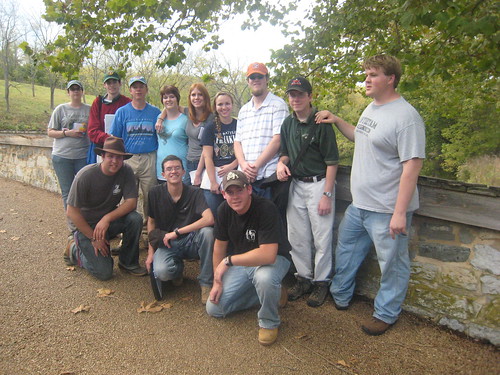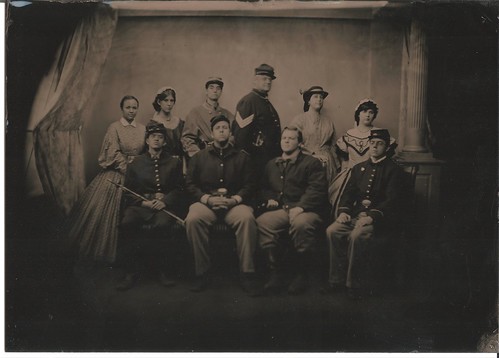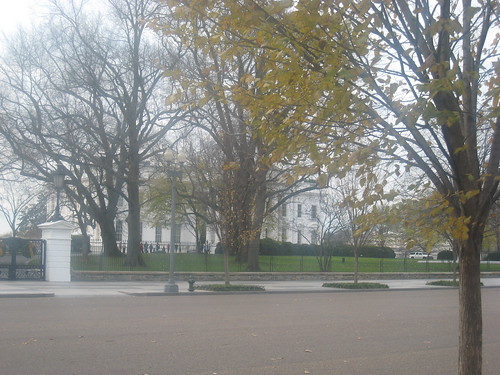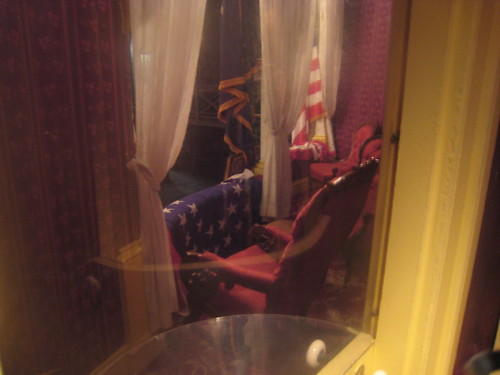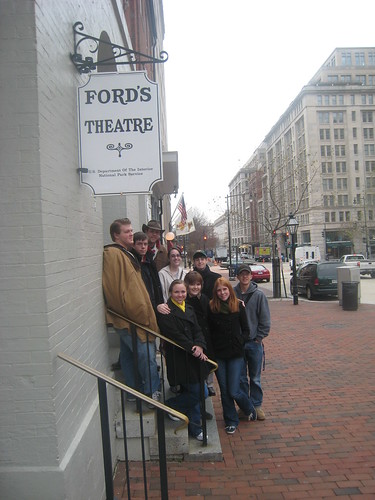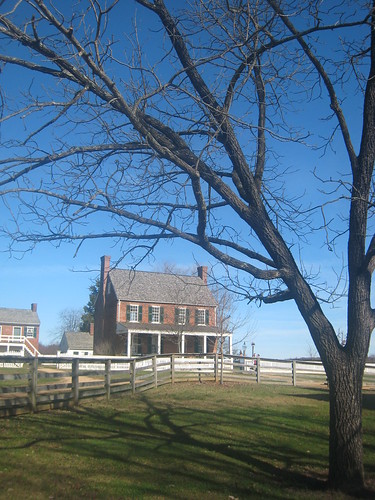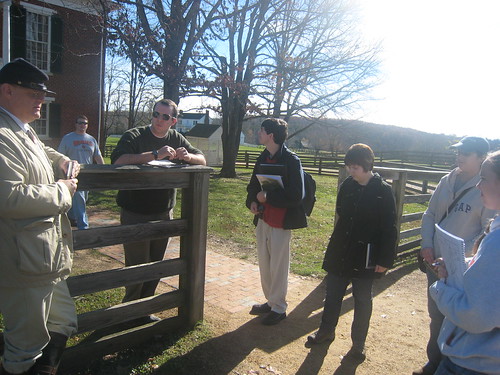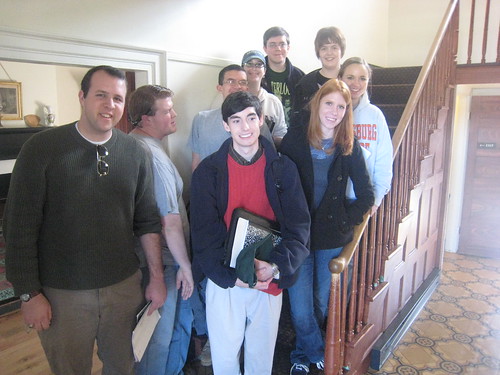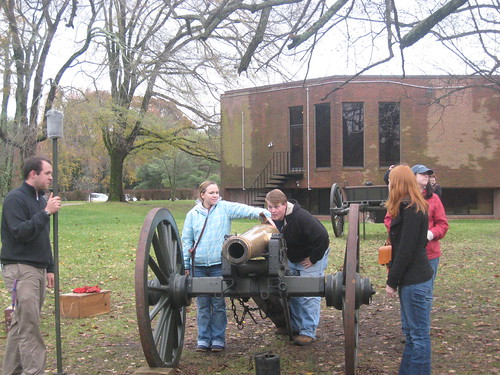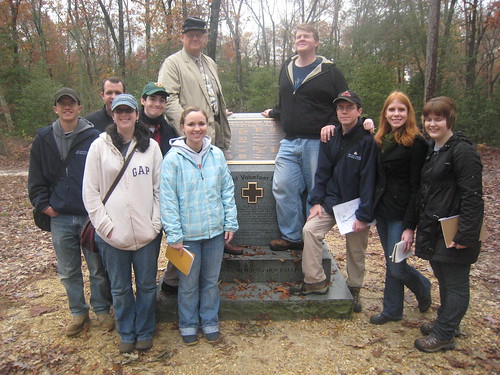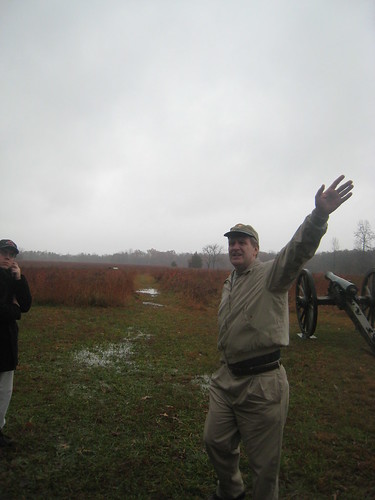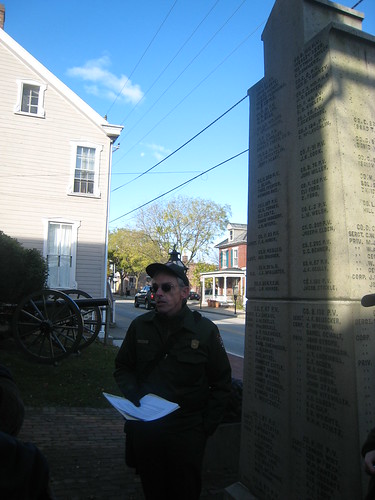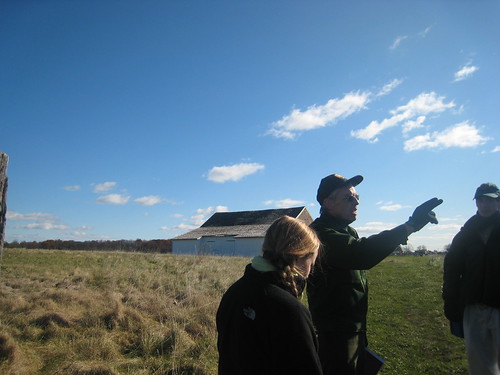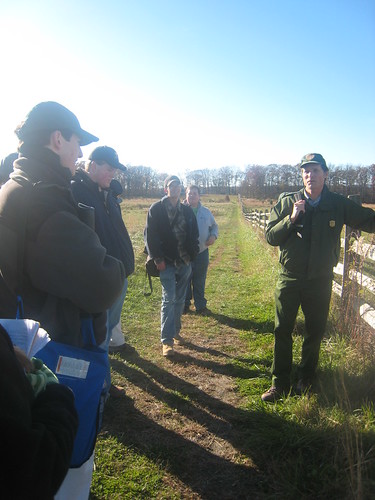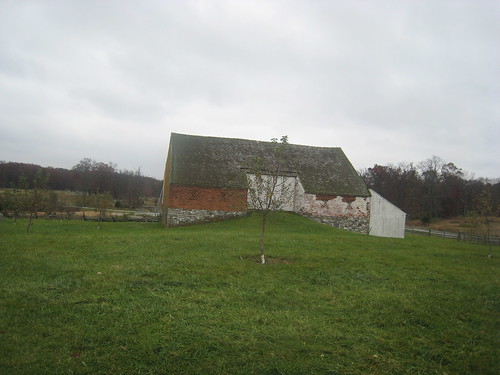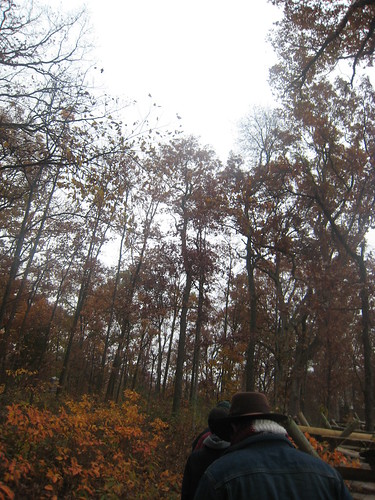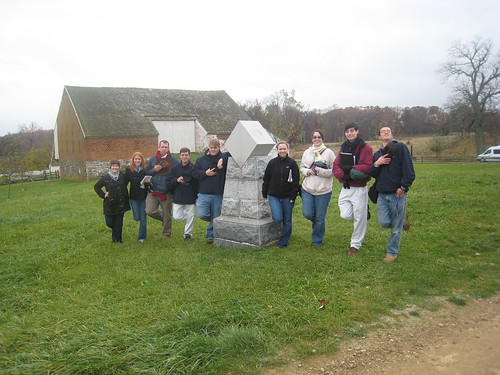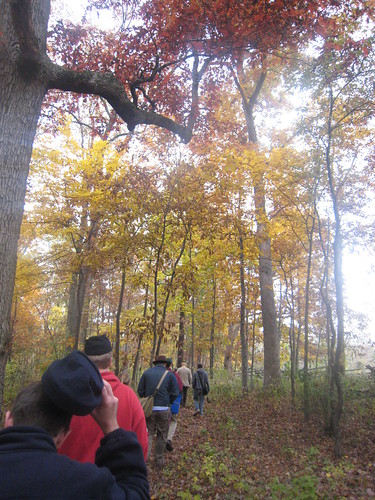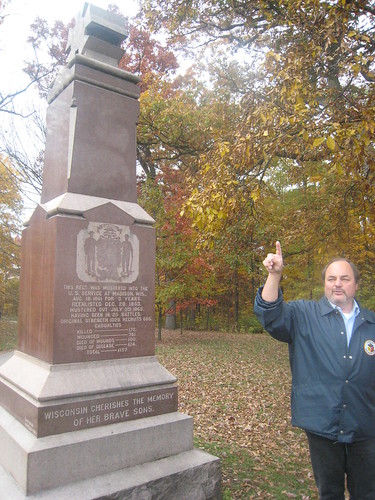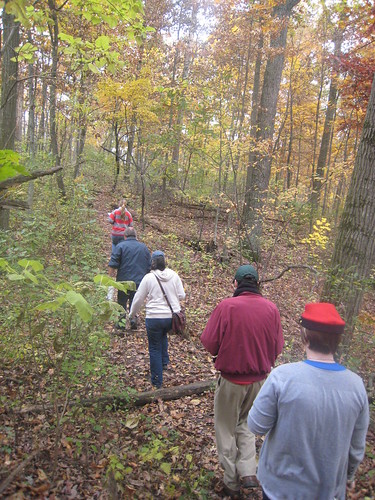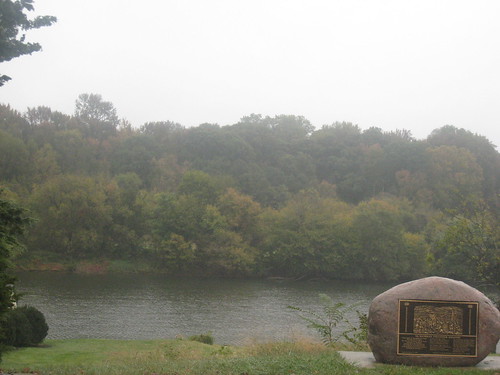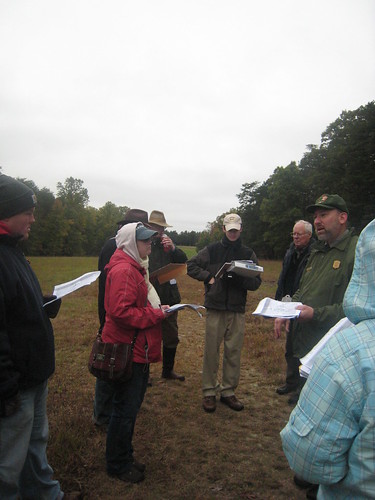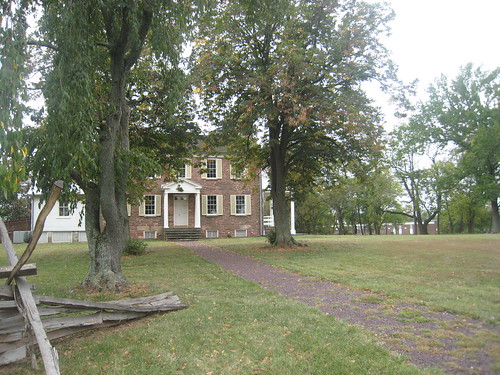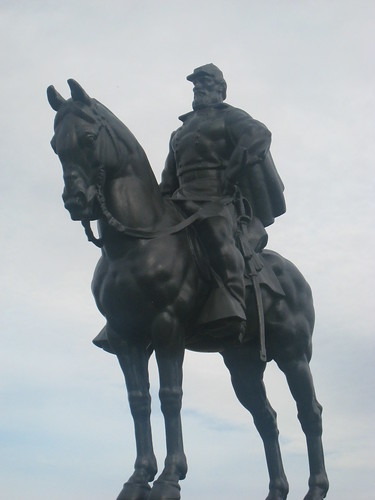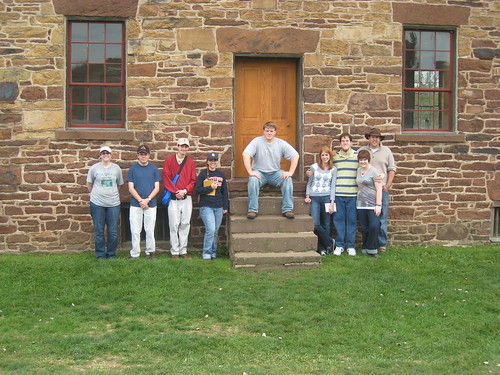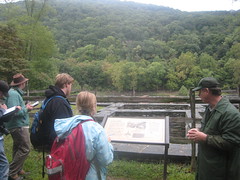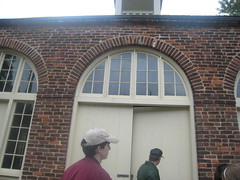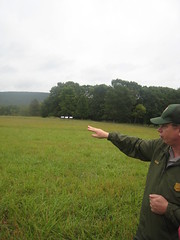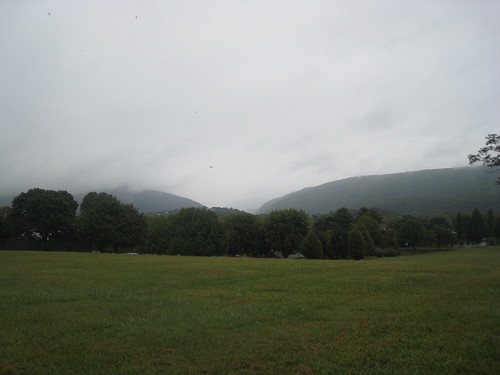During the second week of October, we departed early and made our way to Antietam. We were greeted by unseasonably warm weather – a welcome change from our previous trips! This was the first battlefield that we’d visited that I’d seen prior to the Gettysburg Semester, so I was excited to see and experience it again.
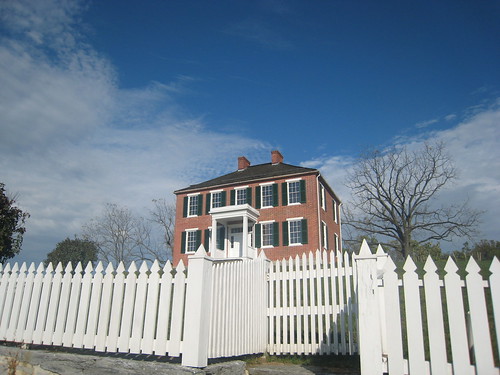
We were very fortunate to have Dennis Frye as our guide for the second time, particularly because so much of his personal and family history has ties to the Battle of Antietam. After becoming acquainted with the topography of the area, we went to the Pry House, McClellan’s headquarters during the battle. Here, Mr. Frye challenged us to consider the battle in terms of contemporary practicality rather than focus heavily on reports – which, especially in McClellan’s case, are not always trustworthy.
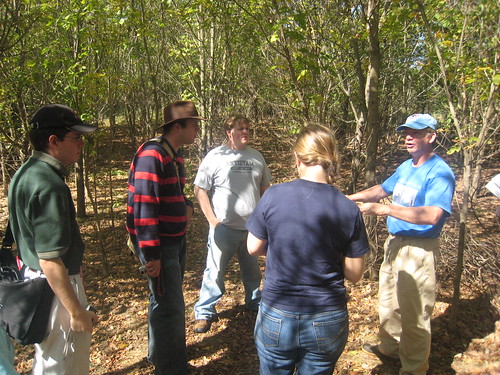
We then made our way to the Cornfield and the West Woods, where Dennis Frye took us to an area where, as he described, the terrain truly changed the course of American history. We learned that the action at the West Woods was the (extremely bloody) turning point in the battle, as it put McClellan on the defensive for the remainder of the day.
After leaving the West Woods, we headed to the Sunken Road (or “Bloody Lane”), where Mr. Frye argued that contrary to popular belief, French’s division did not get lost – rather, their arrival there was entirely intentional given the realities of terrain and position. Before leaving, we participated in a Gettysburg Semester tradition: reenacting “the bloat” from Alexander Gardner’s famous photographs of the Bloody Lane after the battle. (Insensitive, yes, but tradition IS tradition!) We then got ourselves up and climbed the stairs to the top of the observation tower, where Mr. Frye told us a moving story about the discovery of several soldiers from the Irish Brigade who were partially buried on the battlefield.
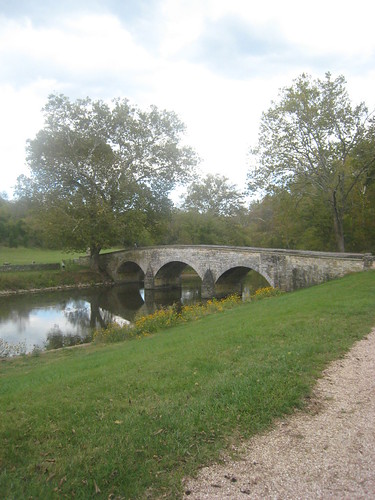
Our final stop was Burnside’s Bridge, where Mr. Frye maintained that Burnside’s actions were brilliant, rather than foolish, at Antietam. After a group picture (sans Dr. Guelzo) on the bridge, we went to Nutter’s ice cream – the perfect complement to a long, hot, and incredibly enjoyable day on the battlefield! As we drove back to the Visitor’s Center, Dennis Frye explained the end of the battle and Lee’s withdrawal on the 18th of September. Overall, a great trip – on to Fredericksburg and Chancellorsville next week!
